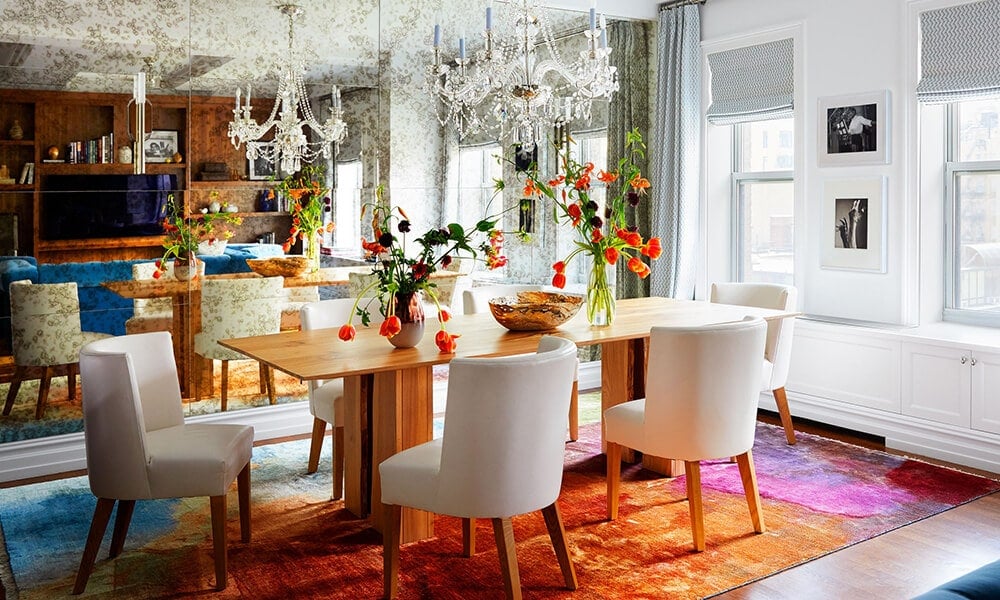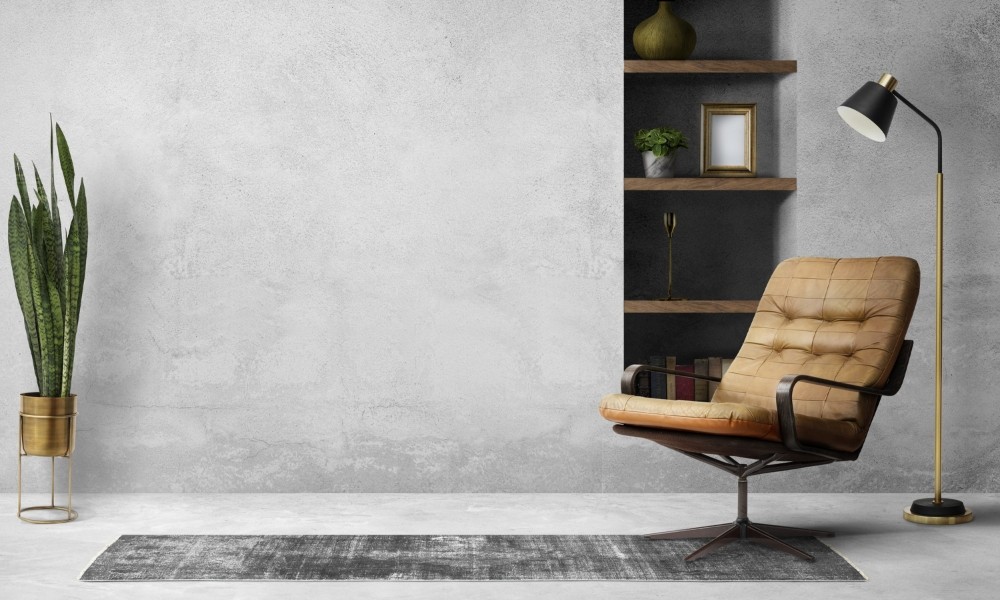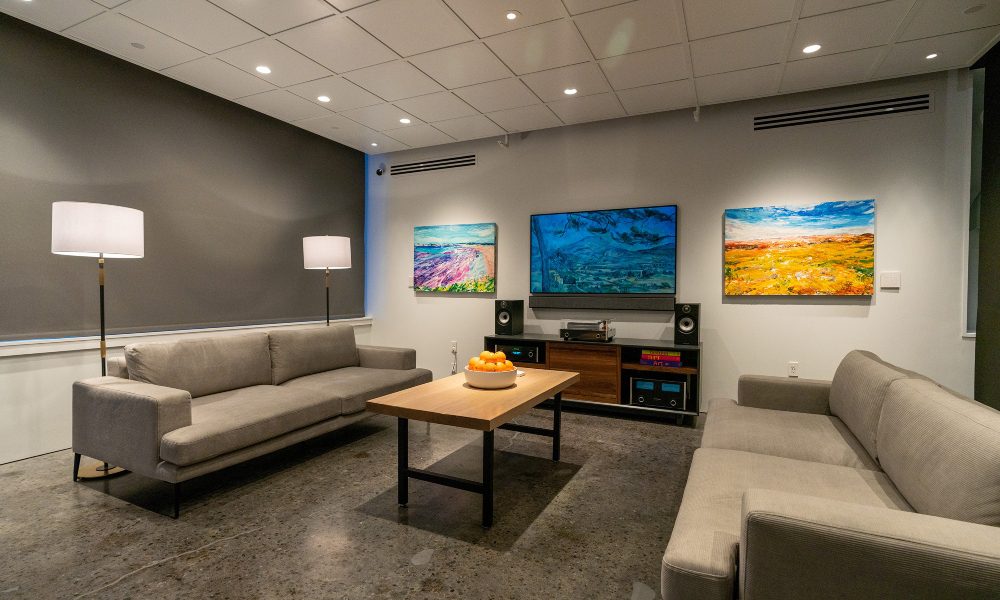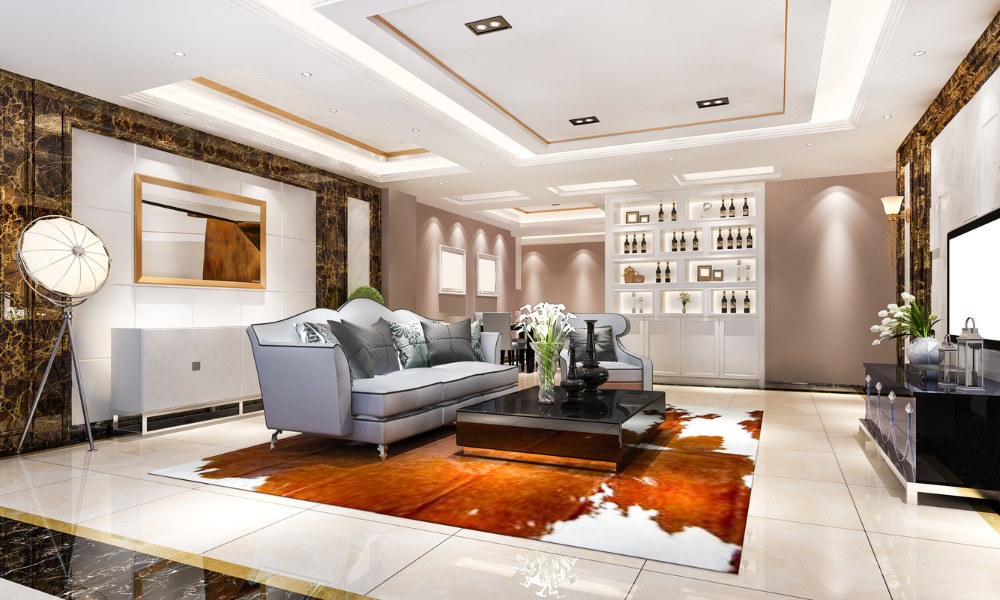Lighting plays an essential role in creating a warm and inviting atmosphere in any home. It can transform a dull room into a cozy space and highlight your home’s unique features. But, to create a dynamic environment, you need to use layered lighting. Layered lighting involves combining different types of lighting to create a multi-dimensional effect that adds depth and interest to your home.
The Three Layers of Lighting
Layered lighting consists of three layers: ambient, task, and accent lighting. Each layer serves a specific purpose and can be used together to create a cohesive and dynamic environment.
- Ambient Lighting: This layer provides overall illumination and sets the tone for your home. It can be achieved through ceiling-mounted fixtures, chandeliers, or even natural light from windows.
- Task Lighting: This layer provides focused lighting for specific tasks such as reading, cooking, or working. It can be achieved through table lamps, under-cabinet lighting, or pendant lights.
- Accent Lighting: This layer adds visual interest and highlights architectural features, artwork, or decorative objects. It can be achieved through spotlights, wall sconces, or picture lights.
How to Use Layered Lighting to Create a Dynamic Home Environment
Now that you understand the three layers of lighting, it’s time to put them together to create a dynamic home environment. Here are some tips to get you started:
- Start with Ambient Lighting: Begin by installing ambient lighting in your home. This layer will provide overall illumination and set the tone for your space. Consider using dimmer switches to adjust the brightness levels to your liking.
- Add Task Lighting: Once you have ambient lighting in place, add task lighting to specific areas of your home where you need focused lighting. For example, you might add a table lamp to your reading area or under-cabinet lighting in your kitchen.
- Finish with Accent Lighting: Finally, add accent lighting to highlight architectural features, artwork, or decorative objects. Use spotlights or picture lights to draw attention to these items and create visual interest in your space.
Remember to consider the function of each room when selecting lighting. For example, you might want brighter task lighting in your home office but softer ambient lighting in your bedroom. Don’t be afraid to mix and match lighting types and fixtures to create a unique and dynamic environment that reflects your personal style.
Layered lighting is the key to creating a dynamic home environment. By combining ambient, task, and accent lighting, you can add depth and interest to your space. Remember to consider the function of each room and mix and match lighting types and fixtures to create a unique and personalized environment. With layered lighting, your home will be warm, inviting, and visually stunning.






